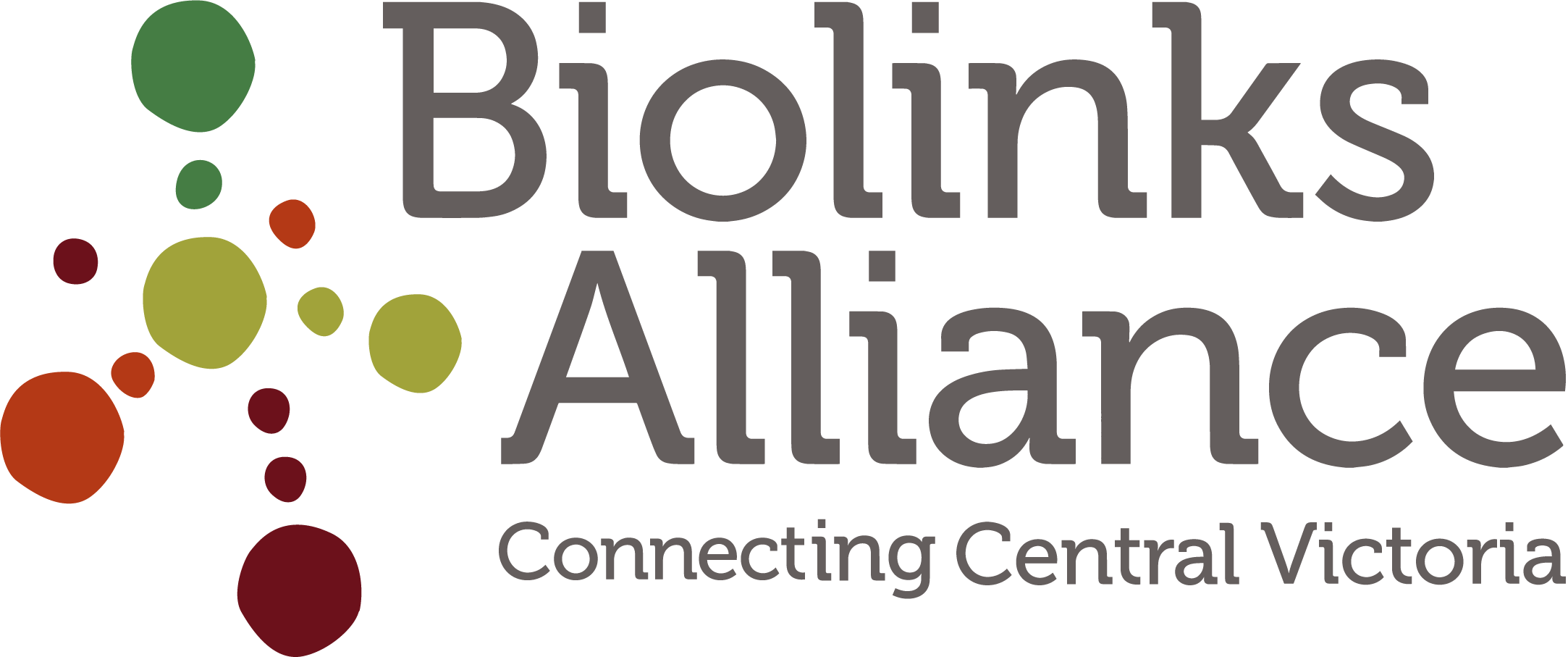Grazing Management
Agriculture can be sustainable if it can meet society’s current food and textile needs without compromising the ability of future generations to meet their own needs. Grazing management is a critical part of sustainable agriculture that aims to provide food for animals throughout the year by protecting perennial grasses from overgrazing and soils from wind and water erosion.
In Victoria, around half of all pastures are native pastures depleted by grazing but still retaining a variety of the original native perennial grasses (such as Weeping Grass, Wallaby Grass, Kangaroo Grass, etc) and a few other resilient native species. And half of Victoria’s pastures have been sown to perennial grasses (Phalaris, Rye-grass, Cocksfoot, etc) and clovers.
Ecologically, grazing is a form of disturbance where animals remove the leaves and flower-heads of grasses, legumes and other species. Perennial plants need a rest from grazing to re-grow and rebuild the stores of energy needed to recover from the next bout of grazing. Continuous grazing will deplete the ability of plants to recover, leaving the ground bare. Bare ground is susceptible to soil erosion and nutrient loss particularly with summer rains, and to invasion by introduced annuals that can take over pastures but provide little grazing benefit or soil protection over summer. Native pastures are also susceptible to the high fertility that builds up with fertilisers and around stock camps.
Grazing management is only possible with fencing. The best fencing plans recognise the different ecological classes where the different moisture regimes and fertility determine the productivity and ability of pastures to recover at different times of the year. Grazing systems such as deferred grazing and cell grazing use the biology of plants to get the best results for production and the environment.
What you can do
Prepare a whole farm plan (see Farms), with a particular focus on the different land classes and ecological zones of your land as a guide to the placement of fences and watering facilities. Note that, within land classes, aspect to the sun makes a big difference to moisture regimes, soil depths and productivity and should be treated separately).
Learn more about grasses and grazing management. The Evergraze website is an excellent source of information and includes contacts for further training. As a start, learn to identify grasses, particularly the differences between annuals and perennial species, and how to use the annual growth cycles and stages of recovery from grazing to manage pastures.
During dry years, protect your primary assets – your soils and pastures and yourselves. Sell or put stock out for agistment, or feed them in stock containment areas. Meat and Livestock Australia’s page on Drought Management is a good starting point.
Read the excellent publication Biodiversity in the Paddock and see CSIROs Jaqui Stol’s presentation ‘Box Gum Grassy Woodlands: restoration, grazing and woodland birds’ at the 2019 Biolinks Alliance Symposium, Bolstering the Refuges.
The owners of this grazing property in Heathcote were surprised by how many native grasses it still supported after a long history of intensive grazing and are looking into adopting rotational grazing practices to improve its productivity, sustainability and biodiversity.

